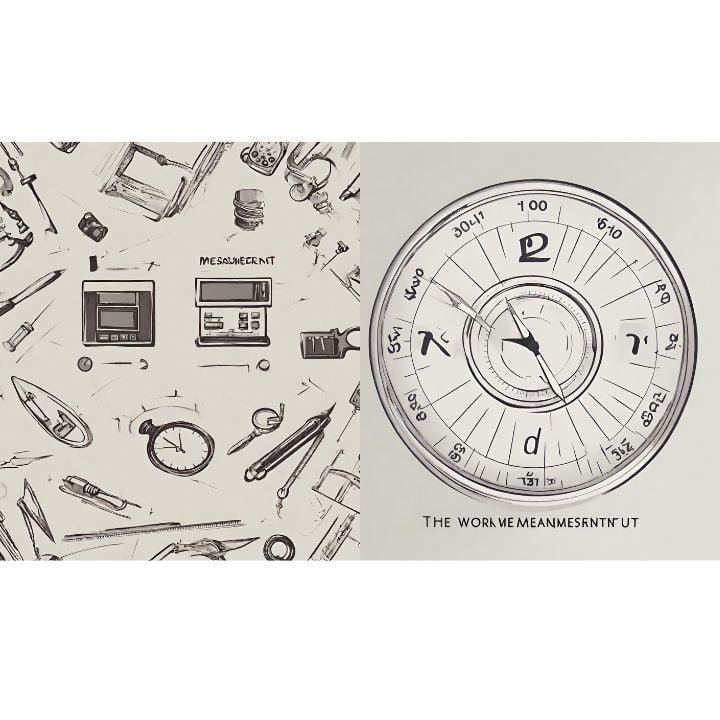Introduction to Agile Practices in Industrial Projects
In the rapidly evolving landscape of modern industry, the adoption of Agile Practices in Industrial Projects is no longer just a theoretical concept but a strategic imperative. Traditional waterfall approaches, while structured, often struggle with the dynamic requirements, unforeseen challenges, and long feedback cycles inherent in large-scale industrial endeavors. Agile methodologies offer a flexible, iterative, and collaborative framework that can significantly enhance project efficiency, reduce risks, and accelerate time-to-market. This article delves into the core principles of Agile within an industrial context, exploring its benefits, challenges, and practical applications.
Table of Contents
- Why Agile in Industrial Projects?
- Key Agile Practices for Industrial Success
- Benefits of Adopting Agile
- Overcoming Challenges in Agile Adoption
- The Future Outlook
- Conclusion
Why Agile in Industrial Projects?
Industrial projects, ranging from constructing complex manufacturing plants to developing sophisticated automation systems, demand precision, collaboration, and adaptability. The sheer scale and intricate interdependencies mean that delays or errors can have significant financial and operational repercussions. Agile provides a framework that allows teams to respond to changes swiftly, incorporate feedback continuously, and deliver value incrementally. This shift from rigid, sequential planning to flexible, iterative cycles is proving crucial for maintaining competitiveness in global markets.
Key Agile Practices for Industrial Success
Scrum Framework Adaptation
Scrum, a popular Agile framework, can be tailored for industrial projects. It emphasizes short iterations (sprints), daily stand-up meetings, and a clear product backlog. For industrial engineering teams, this means breaking down large project phases into manageable sprints, enabling frequent reviews and adjustments. For example, a sprint might focus on designing a specific module of a new production line, followed by testing and integration planning, ensuring that all stakeholders are aligned. External resources like the Scrum.org website offer valuable insights into its core principles.
Kanban for Workflow Optimization
Kanban is particularly effective for managing continuous flow and visualizing work in industrial settings. Its visual boards help identify bottlenecks, limit work-in-progress (WIP), and improve overall efficiency. In a factory environment, a Kanban board could track the progress of parts through manufacturing stages, or the flow of maintenance requests. This transparency fosters accountability and allows for immediate adjustments to maintain optimal throughput.
Iterative Development and Feedback Loops
At the heart of Agile is the concept of iterative development. Instead of delivering a complete system at the end, project teams deliver functional increments regularly. This allows for early feedback from stakeholders, including clients and end-users, ensuring that the final product meets evolving requirements. In industrial design, prototypes can be developed and tested iteratively, reducing the risk of costly reworks later in the project lifecycle. This approach significantly enhances the adaptability of industrial engineering processes.
Benefits of Adopting Agile
The transition to Agile methodologies in industrial projects brings a multitude of advantages that directly impact project success and organizational resilience. These benefits extend beyond mere project management to influence overall business outcomes.
| Benefit | Description |
|---|---|
| Enhanced Flexibility | Ability to quickly adapt to changing requirements and market conditions. |
| Improved Collaboration | Fosters cross-functional teamwork and stakeholder engagement. |
| Reduced Risk | Early detection and mitigation of issues through iterative cycles. |
| Faster Time-to-Market | Delivers value incrementally, accelerating project completion. |
| Higher Quality Outcomes | Continuous feedback loops ensure alignment with client needs. |
Overcoming Challenges in Agile Adoption
While the benefits are clear, implementing Agile in traditional industrial environments is not without its hurdles. Resistance to change, deeply ingrained hierarchical structures, and the need for significant cultural shifts are common challenges. Successfully adopting Agile Practices in Industrial Projects requires strong leadership commitment, comprehensive training, and a gradual, phased approach to implementation. It’s also crucial to tailor Agile principles to the specific context of industrial projects, rather than simply replicating software development models.
The Future Outlook
As industries increasingly embrace digital transformation and smart manufacturing, the integration of Agile practices will become even more critical. The convergence of IoT, AI, and big data with industrial processes demands a flexible framework that can accommodate rapid technological advancements and evolving customer expectations. Agile is perfectly positioned to support these future industrial engineering trends, enabling organizations to stay competitive and innovative.
Conclusion
In conclusion, the strategic integration of Agile Practices in Industrial Projects offers a powerful paradigm shift from conventional project management. By fostering adaptability, collaboration, and continuous improvement, Agile methodologies empower industrial teams to navigate complexity, deliver high-quality outcomes, and achieve sustainable competitive advantage. Embracing Agile is not just about adopting a new set of tools, but about cultivating a mindset that values iterative progress and responsive problem-solving, paving the way for more resilient and innovative industrial futures.


